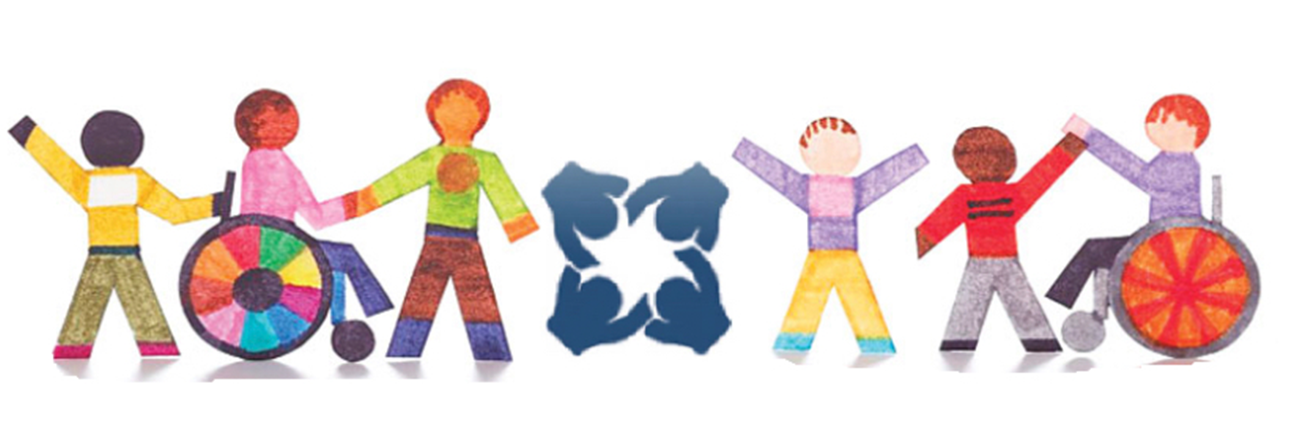OT/PT Overview
Occupational therapy is a related service provided to students who need assistance to benefit from educational opportunities in the least restrictive environment and need assistance in overcoming educational deficits resulting directly/indirectly from a physical, sensory or motor disability. Occupational therapy services assist in promoting independence in daily living skills, increasing functioning through the use of adaptive/assuasive devices, facilitating muscle strength, motor coordination and range of motion, improving sensorimotor performance and improving fine motor/visual perceptual skills. Therapy goals developed for the student are observable, measurable and educationally relevant.
Physical therapy is a related service offered to those students whose gross motor development interferes with their educational progress and who may warrant services to overcome education deficits. Physical therapy services assist in improving functional mobility, facilitating gross motor development, minimizing postural deviations, strengthening muscles, adapting mobility equipment and re-educating the student’s movement patterns for functional use in order for the student to benefit from educational opportunities in the least restrictive environment. Therapy goals developed for the student are observable, measurable and educationally relevant.
OT and/or PT services are provided if the student’s physical or health impairment is so severe that he/she cannot develop his/her “educational potential” without special services, facilities or materials.
Referral criteria must include, but may not be limited to, the following:
-
Certification of a physical impairment or progressive physical disability by a licensed physician.
-
Significant motor impairment that would hinder the education potential of the student. This would be determined through an evaluation by a registered physical therapist or occupational therapist.
-
A serious progressive disease where a student may need protective environment to monitor stability if the disease is interfering with the development of the student’s educational goals.
- A student experiencing a motor and/or sensory deficit which adversely affects his/her educational progress.
Students between the ages of three through the day before their twenty second birthday may be referred for occupational therapy if they demonstrate fine motor problems, visual-motor/visual perceptual deficits, sensory integrative deficits or significantly delayed self-help skills. OT services may also be provided to students who need adaptive/assistive devices or students who have a permanent/progressive physical/health impairment which interferes with educational functioning.
Students between the ages of three through the day before their twenty second birthday may be referred for physical therapy services if they present physical disabilities such as spina bifida, cerebral palsy, muscular dystrophy, down’s syndrome, or other handicapping conditions that affect gross motor functioning. Students who are in need of assistive/adaptive devices such as braces, artificial limbs, or wheelchairs may be eligible for PT services. In addition, students with significant delays in gross motor development may also be eligible for services. Gross motor delays may be characterized by difficulty negotiating the environment, and unusual gait, or poor balance and equilibrium reactions.



